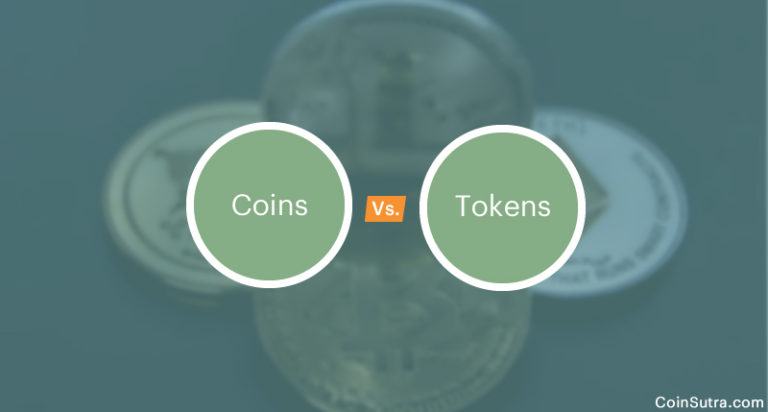Top rated Vietnam attractions and holiday advices? Hue’s crown jewel is the magnificent 19th century Imperial Citadel, a sprawling walled complex containing the Imperial Enclosure, Forbidden Purple City, palaces, temples, gates, and much more. Although much was destroyed during the Vietnam War, many parts are under restoration and worth exploring, including the Flag Tower, Ngo Mon Gate and Thai Hoa Palace. Other gems cover several Mandarin Garden Houses and the incredible Emperor’s royal mausoleums lying hidden amid the river valley and low-lying hills. Among Hue’s numerous exquisite pagodas, don’t miss the most historic, the seven-tiered, 17th century Thien Mu Pagoda. Even Hue’s delicious imperial cuisine is descended from the royal courts! Discover more info on https://danangopentour.vn/tour-ba-na-hills-1-ngay.html.
Phong Nha-Ke Bang National Park is a popular option for adventurous travellers looking to explore its many limestone caves and grottoes. Set within the Quang Binh Province, it’s home to the world’s largest cave, Son Doong, with sections reaching up to 200m in height, as well as Paradise Cave, which boasts spectacular shapes of limestone stalactites and stalagmites. Entrance to Phong Nha-Ke Bang National Park costs VND 40,000, plus additional fees (between VND 80,000 and (VND 150,000) to enter the caves. Hiking, mountain-biking, and cave expeditions are regularly organised by tour operators in Vietnam.
More than 1,600 years ago, the Chan people of Vietnam began construction on dozens of Hindu temples near the village of Duy Phú. Under the shadow of Cat’s Tooth Mountain, and surrounded by a green valley, several of these temples still stand. Known collectively as My Son, most of the temples are now ruins. However, that only adds to the atmosphere. Visiting My Son is like stepping back in time, thanks in part to its secluded location and the lack of touristy infrastructure.
The far south of Vietnam is where the mighty Mekong River finally finds its way to the sea in a maze of waterways that crisscross the floodplain. Incredibly lush, with paddy field vistas and mangroves, and full of local life, with chaotic floating markets to explore by boat, the delta is one of the most interesting regions for travelers to discover. Can Tho is the most popular town to use as a base as it’s close to the floating markets of Phong Dien and Cai Rang, while boat trips from Ca Mau allow you to explore the U Minh Mangrove Forest and Cau Mau Nature Reserve.
My Son lay neglected for centuries, rediscovered by French archaeologists in 1898. Ravaged by time, ironically the greatest damage occurred during the Vietnam War, however, the majority of the central complex managed to survive the bombs and some parts are being restored. Devoted to Hindu Gods, the sanctuary is comprised of more than 70 red brick and sandstone temples arranged in clusters, incorporating striking decorative carvings, stele, sculptures, and inscriptions. Today, in various states of ruin, repair, and vegetation overgrowth, My Son nevertheless is still impressive, with around 20 temple structures still standing. There’s also an interesting on-site museum; visit early morning to escape the tour groups and heat.
